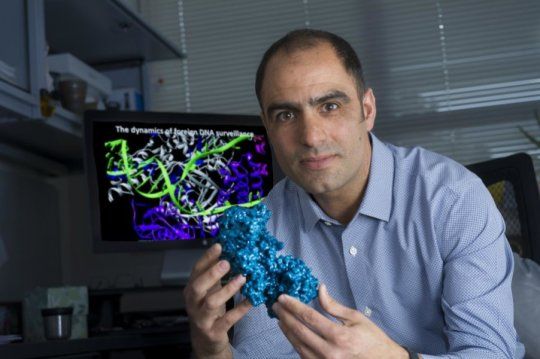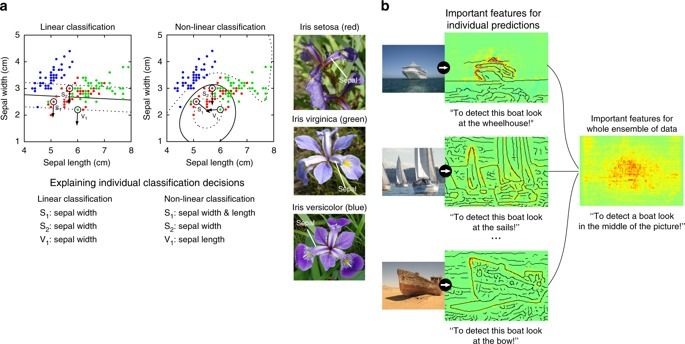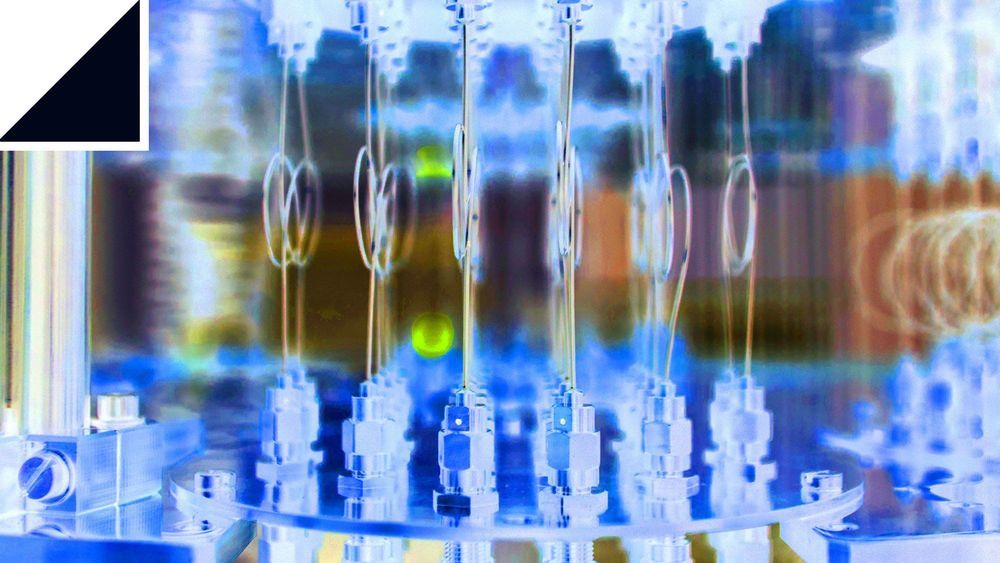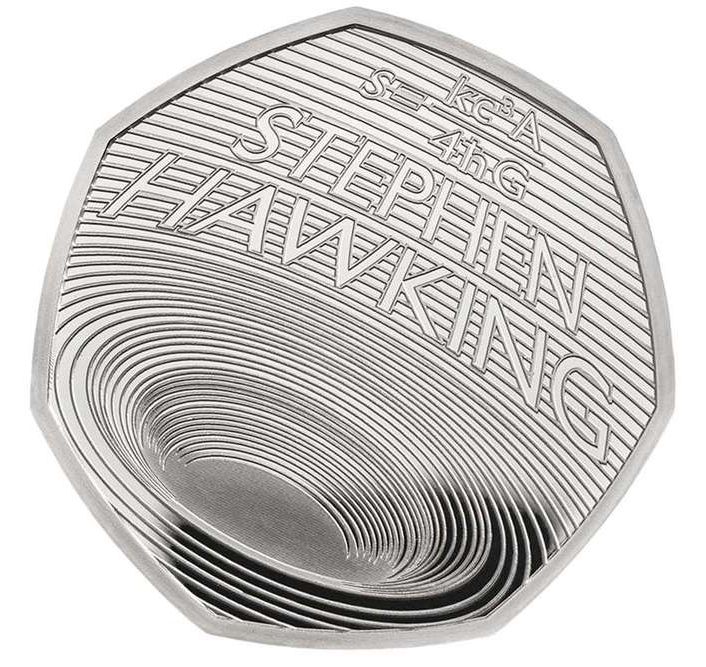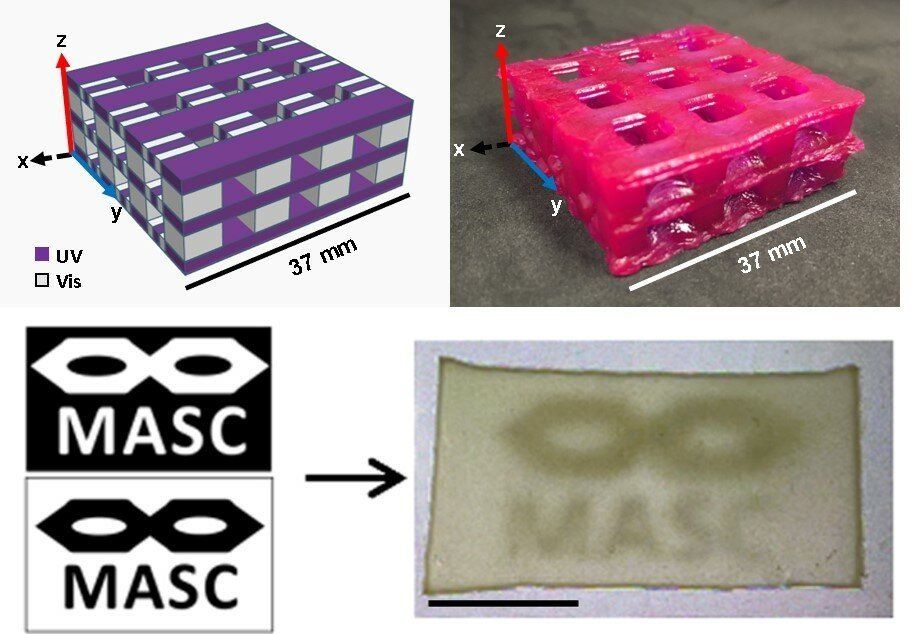Someone could hack into your pacemaker or insulin pump and potentially kill you, just by intercepting and analyzing wireless signals. This hasn’t happened in real life yet, but researchers have been demonstrating for at least a decade that it’s possible.
Before the first crime happens, Purdue University engineers have tightened security on the “internet of body.” Now, the network you didn’t know you had is only accessible by you and your devices, thanks to technology that keeps communication signals within the body itself.
The work appears in the journal Scientific Reports. Study authors include Shreyas Sen, an assistant professor of electrical and computer engineering at Purdue, and his students, Debayan Das, Shovan Maity and Baibhab Chatterjee.

